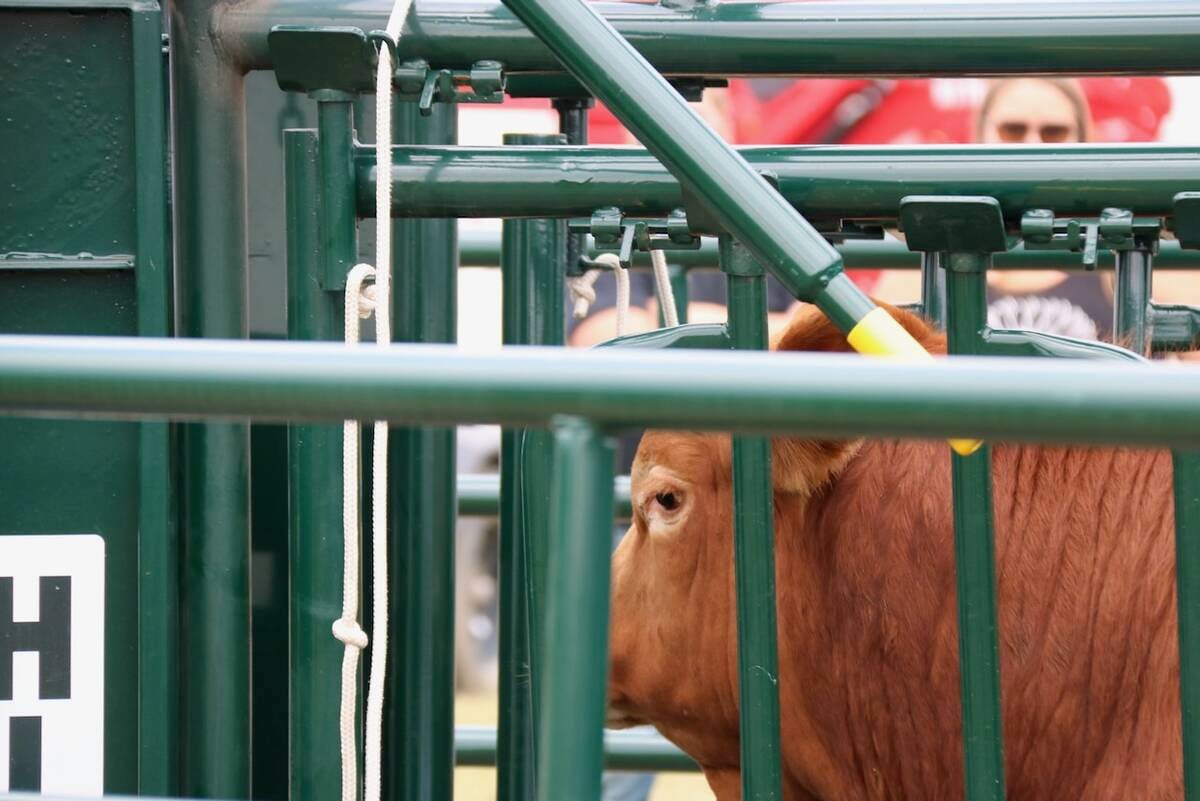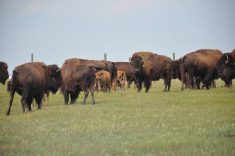The Beef Initiative Group wants Ottawa to finance a 1,500 head slaughter plant for Western Canada.
As international markets remain closed to Canadian cattle because of a BSE discovery, which has caused a surplus of cattle in Canada, the organization’s chair said producers must operate their own processing facility to export beef to Asia if they ever hope to reap profits.
“Producers must be put in a position where they can have some control of exports and realize some of the benefit of exports,” said Cam Ostercamp from his ranch at Blackie, Alta.
Read Also

Good handling equipment a must on cattle operations
It’s important for the safety of producers and everyone else dealing with their stock that handling equipment is functional and safe.
Ostercamp said Saskatchewan would be the best place to build a plant because there is a large herd and government is interested in luring businesses. The initiative group is planning four meetings for Saskatchewan producers after Thanksgiving.
“If you could come up with the demographics of labour and the water supply, Saskatchewan is an ideal province to have this plant in,” he said.
No provinces have been asked to bankroll a plant.
“We’re not after the Saskatchewan government for anything but assistance in pushing this envelope to Ottawa,” Ostercamp said.
The concept calls for a federal government loan to build a plant capable of processing 1,500 head per day with the ability to expand. The plant would handle animals older than 30 months and offer BSE testing if the market dictates.
The plant could move into younger stock if necessary.
Producers from the four western provinces could pay a $3 surcharge per animal sold to pay back the loan. The levy could provide up to $20 million a year in Ostercamp’s estimation.
“This plant could not be sold. It must remain in producer’s hands,” he said.
Representatives from the initiative group are expected to meet with federal officials later this month.
Ostercamp said the Alberta government has not been receptive to the plan and the Canadian Food Inspection Agency has rejected 100 percent BSE testing.
However, he argued such a plant could provide enough animals for the agency to meet its testing targets of 8,000 head this year and 30,000 next year.
“CFIA could solve some of its problems by going to bed with us on this.”
Ostercamp worries government is not acting quickly enough to deliver practical solutions to an industry teetering on the edge of bankruptcy.
“We’re at the point now where producers between November and March are going to begin to fall,” he said.
Financial institutions are sitting back but there is no way the government can save farms with taxpayer-funded dollars. The final cheques from bail out package are too small to help anyone in a meaningful way, he said.
“If we get something on the drawing board that looks like a corner of the puzzle that banks can work with, they may invent ways to assist the 20 or 30 percent that are hanging over the precipice right now,” he said.















